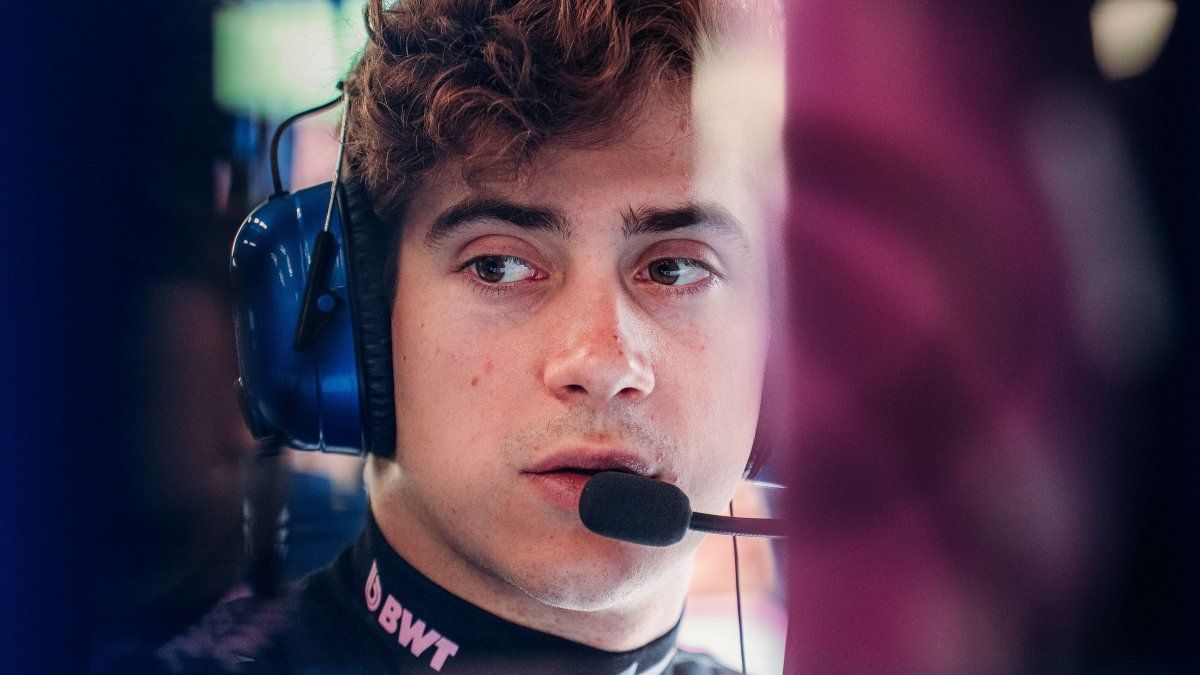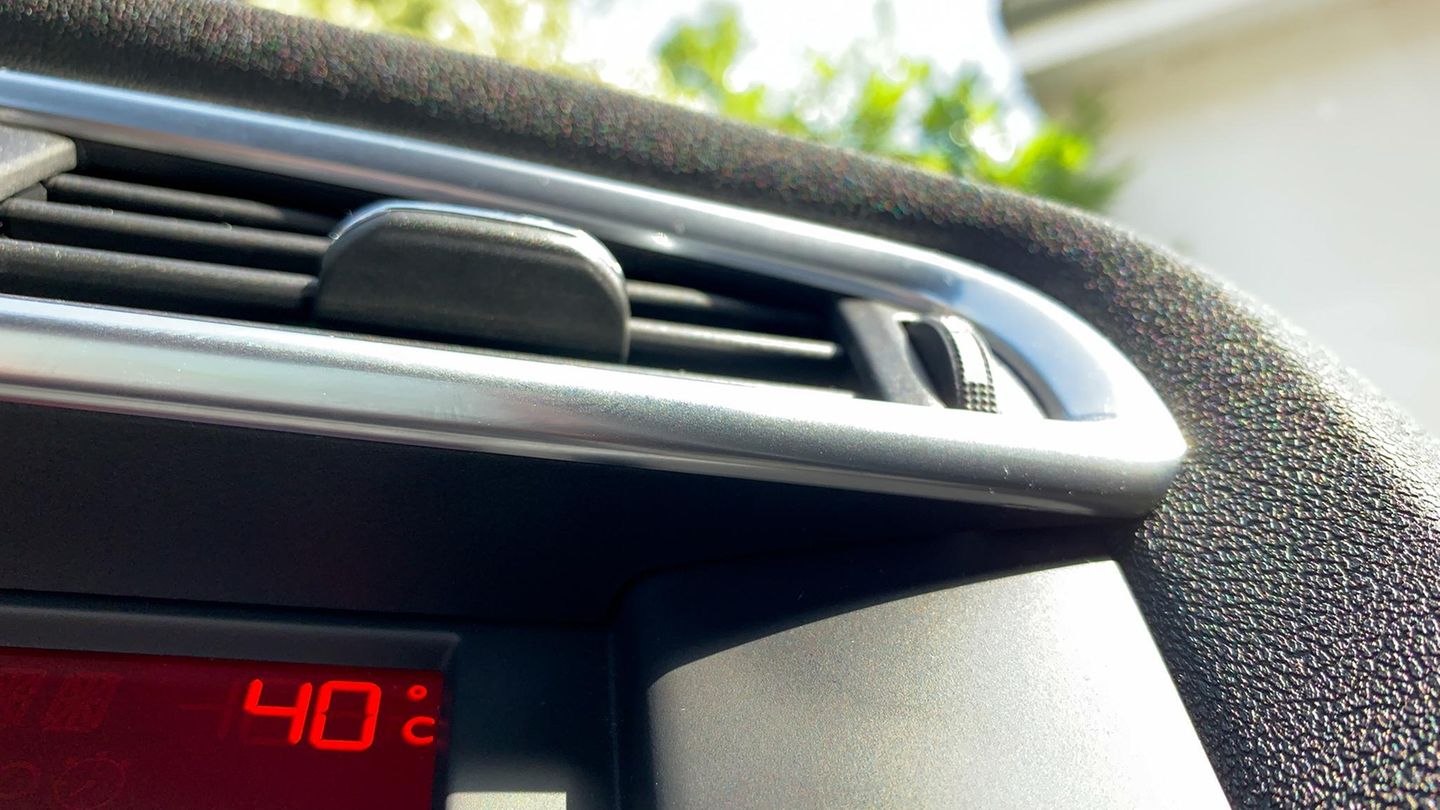The robotics industry is booming and at the same time suffers from disrupted supply chains. This leads to seemingly contradictory developments.
The robotics industry is booming worldwide and yet in Germany it has to scale back its expectations for the current year.
Last year more industrial robots were delivered worldwide than ever before, as the International Federation of Robotics (IFR) announced on Tuesday in Munich based on preliminary figures. But the German professional association VDMA Robotics and Automation also reduced its forecast for 2022 by four percentage points on Tuesday.
Sales figures recovered strongly worldwide
“Sales figures for industrial robots have recovered strongly worldwide, making 2021 the most successful financial year for the robotics industry to date,” said IFR President Milton Guerry. The IFR counted a total of 468,800 units, which corresponds to an increase of 27 percent. “With technological advances and the ongoing trend towards automation, demand is reaching a high level across all sectors.”
His German counterpart, the chairman of the VDMA Robotics and Automation, Frank Konrad, also reported a surge in demand. In the first four months of the current year, incoming orders increased by 38 percent and the industry was “booming,” he said at the Automatica trade fair in Munich. But the German industry has not yet reached the pre-crisis level: Although sales grew faster than expected last year by 13 percent to 13.6 billion euros, in 2019 they were still 14.7 billion.
Growth forecast cut
This value will probably not be reached in the current year either, because the trade association has reduced its growth forecast by four points to 6 percent. This corresponds to a turnover of 14.4 billion euros. The reason for the lower forecast despite the boom in orders are major problems in the supply chains, as Konrad said. Among other things, there are bottlenecks in chips, sensors and drives.
“However, the suppliers will not be able to process the orders that are on the books as quickly as usual,” explained Konrad. How long it will take to process the orders is difficult to say. The capacities in the industry are there, said Konrad. But nobody knows when the chip shortage will stop.
The IFR did not provide an updated forecast for the current year on Tuesday. The strong growth of the past year was mainly due to the Asia and Australia region, where almost three quarters of all new industrial robots (354,500) were installed. In Europe there was an increase of 15 percent to 78,000 newly installed robots.
Source: Stern
Jane Stock is a technology author, who has written for 24 Hours World. She writes about the latest in technology news and trends, and is always on the lookout for new and innovative ways to improve his audience’s experience.




